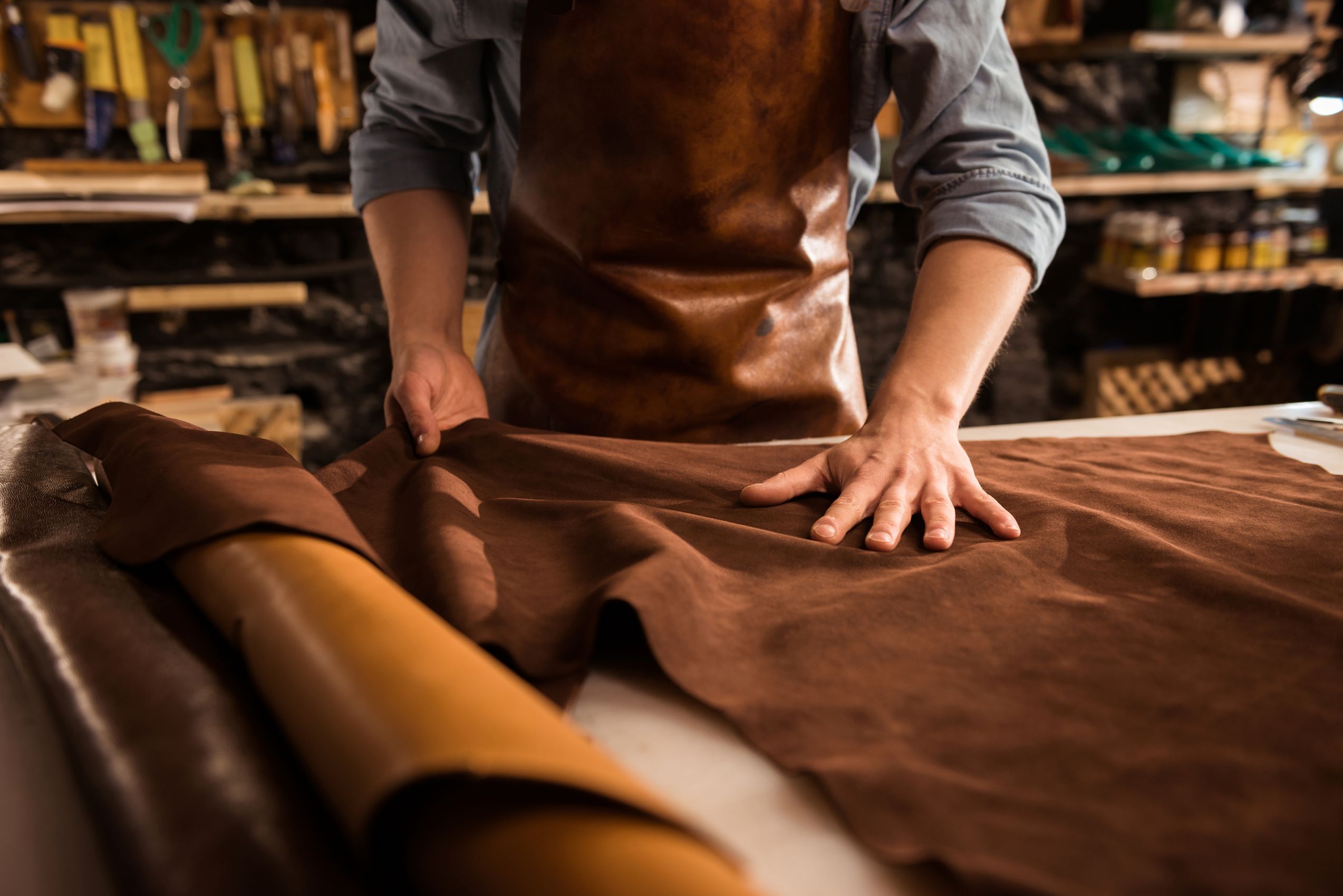Blog
Sustainable Leather: A Guide to Eco-Friendly Practices:

As environmental awareness grows, the demand for natural products increases. Although leather is often associated with beauty and durability, traditional production methods can have a negative impact on the environment. This blog offers research on sustainable and eco-friendly leather products, providing insight for consumers looking for better options.
Understanding Sustainable Leather :-
Sustainable leather refers to leather with minimal environmental impact, ensuring ethical and responsible behavior. This includes ingredients from farms that prioritize animal welfare, biodiversity and sustainable land management. By choosing sustainable leather, consumers can enjoy quality products and support efforts to protect the planet.
Sustainable Sources Of Leather :-
Vegetable Tanned Leather:
Vegetable tanning is one of the oldest methods of tanning, using natural tannins from plants such as bark, leaves and seeds. This method does not harm the environment and creates biological skin. Although the process takes longer than traditional methods, the final product is often of high quality and develops a rich patina over time, increasing its beauty and appearance.
Ethnically Sourced Leather:
Ethnic Leather from carefully cultivated farms. These farms prioritize the welfare of animals, allowing them to roam freely and care for people. Supporting these activities helps preserve the environment and promote sustainable farming practices, which are important for protecting the environment. _444_ This technique often produces soft, smooth leather, making it popular with artisans. Natural processing is not only good for the environment, but also results in better products.
Environmentally Friendly Tanning Processes :-
Natural Tanning Techniques:
Besides vegetable tanning, other natural methods utilize materials such as alum or oils, minimizing harmful chemicals. These techniques often yield softer, more supple leather, making them popular among artisans and crafters.
Ways To Conserve Water:
Sustainable industries are increasingly using water-saving technologies to reduce water use and pollution. The implementation of a closed system allows the company to recycle water, which significantly reduces the impact on the environment. Prioritizing water conservation helps protect water resources and the environment.
Quality Over Quantity :-
Investing in high-quality leather products designed to last is a sustainable choice. Durable items reduce waste and the need for frequent replacements, benefiting both the environment and your wallet. By prioritizing quality over quantity, consumers contribute to a more sustainable fashion cycle.
Conclusion :-
The shift towards sustainable leather is essential for promoting ethical consumption and reducing environmental impact. By understanding sustainable sources, supporting eco-friendly tanning processes and choosing ethical products, consumers can make informed decisions that align with their values. Embracing sustainable leather is not just a trend; it’s a commitment to a more responsible and eco-friendly lifestyle, ensuring that we enjoy the beauty and durability of leather while protecting our planet for future generations.
“Be Natural Buy Natural”
